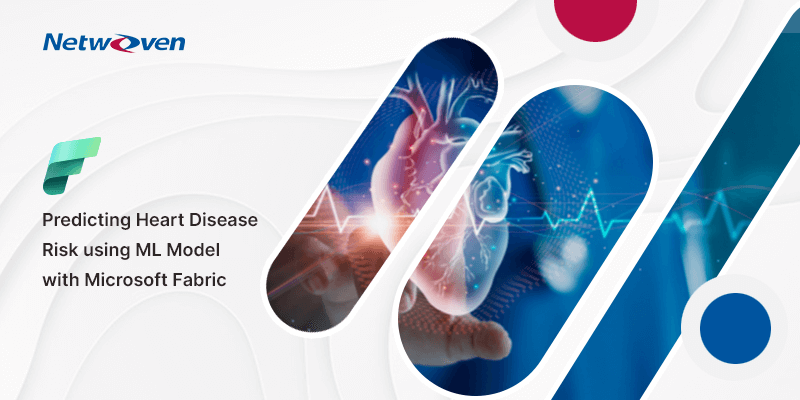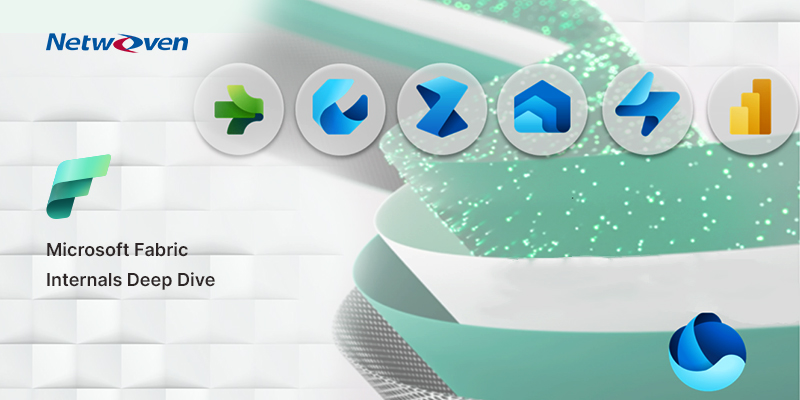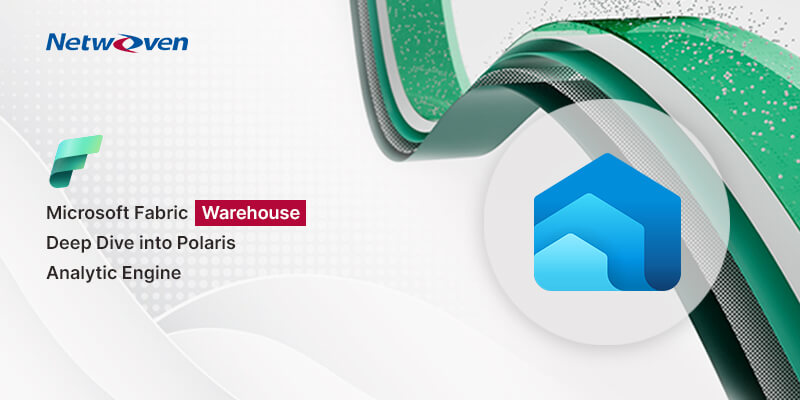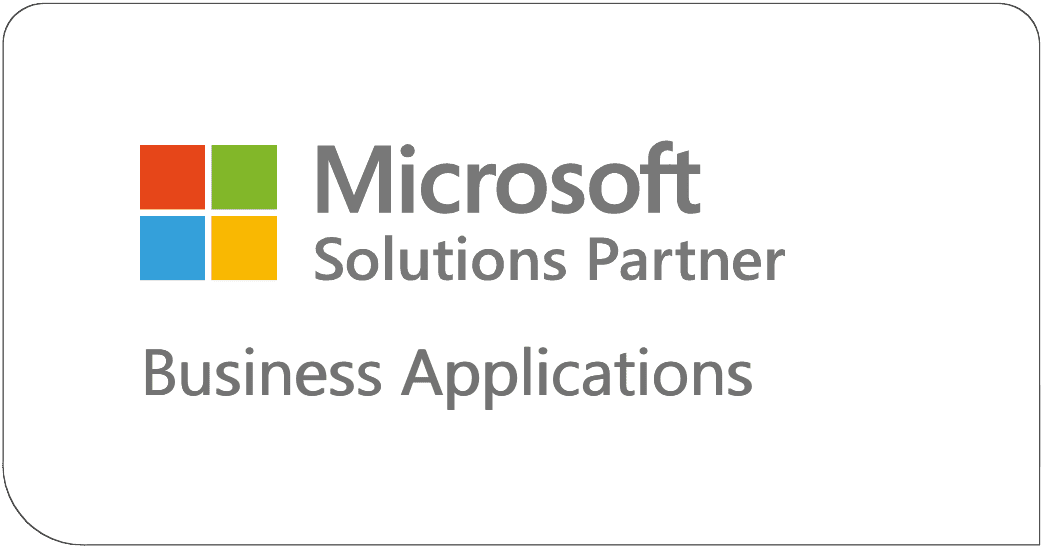Introduction
Let us look at data from a different perspective today.
Data is the lifeblood circulating through an organization’s systems, and over time, it becomes the DNA that shapes the organization’s future strategies and predictions.
It has always been present, but now more than ever, businesses, institutions, and government bodies are beginning to recognize and harness its true potential, making strides in data analysis.
Hence, data warehousing is a critical element in modern business strategies.
In simple definition, a data warehouse is a place where huge amounts of data from multiple heterogeneous sources are kept for analysis and business intelligent activities. In the late 1980’s data warehouses were merely fragmented data systems. Then in 2011, Data Lakes came into being. Even if it consolidated the siloed data, the compute was slow. As we approached 2020, modern data warehouses addressed the challenges posed by Data Lakes by creating more flexible and unified environments. However, the issue of lack of integration remained. Finally, in 2023, it was possible to come up with a flexible, unified analytics platform integrated with AI.
Enter, Fabric Warehouse by Microsoft! In this blog, we will explore how Microsoft Fabric can substantially mitigate the challenges of traditional data warehousing while offering a scalable platform for future growth. We will discuss various migration strategies and highlight key features of the platform.
Challenges with traditional data warehouses
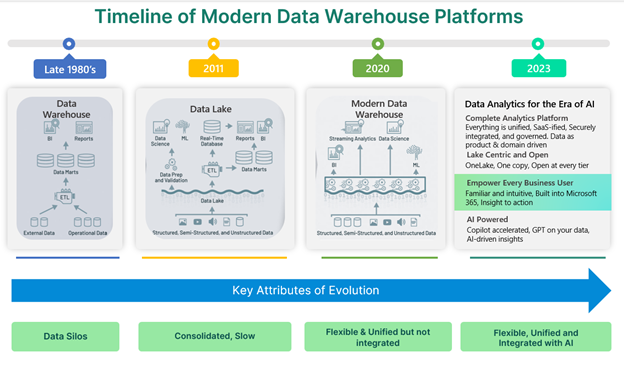
Cost
Establishing and maintaining a traditional data warehouse involves significant upfront costs.
Scalability
Scaling up or scaling out is challenging, demanding careful planning, significant time, and additional costs.
Architecture
The design and ETL processes necessitate a clear understanding of how the data will be used, lacking the flexibility to adapt to changing needs and goals.
Data Variety and Velocity
Traditional data warehouses have a tough time handling different types of data – structured, unstructured, and semi-structured. Plus, they struggle with streaming data processing. And when it comes to machine learning and AI, they often fall short due to their dependence on outdated, pre-transformed data.
Factors driving modern data warehouse adoption
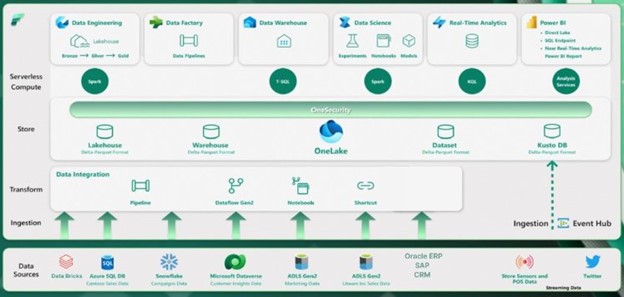
1) Data Acquisition
As businesses dive deeper into digitalization and embrace the vast interconnectivity of data from hybrid and multi-cloud setups, along with the staggering 63% growth in data volume, a unified data strategy becomes crucial. Imagine treating data like a service within specific domains, supported by a solid metadata framework. This proactive approach ensures top-notch data quality right from the start, even before setting up data pipelines.
2) Flexible and intelligent data engineering
Can it effortlessly connect with your existing setup, skipping the hassle of tinkering with pipelines, coding from scratch, or sticking to a single programming language? Streamlined integration means reaping rewards faster, boosting testing coverage without breaking the bank. Plus, it offers the freedom to tailor rules for vital pipelines right within your CI/CD workflow.
3) Data management and governance
Built on a security-first approach with compliance in mind.
Can it keep an eye on your data where it sits, without needing to move it? This not only ensures seamless scalability across your data platform but also saves costs. Plus, it guarantees that your organization stays compliant with top-notch security standards like GDPR, PCI DSS, SOC 2, open banking, and HIPAA.
4) Power BI, operational and data science in one place
Imagine having a single source of truth and unified data that powers your business intelligence reports and both batch and real-time ML/AI operations. Data engineers, scientists, and analysts all work with the same reliable data. No duplicates needed. Plus, you can create specific zones for microservices, all pulling from the same data in either batch or near-real-time.
5) Harnessing ML for automated insights
Picture this, your data warehouse platform uses clever machine learning to grasp your data environment automatically. It’s like having a built-in watchdog that alerts you the moment something goes awry. But here’s the catch, it’s not just about spotting anomalies. This system looks at the bigger picture, cutting down on false alarms and saving you from drowning in unnecessary rules and configurations. Say goodbye to wasting valuable engineering time and hello to seamless data monitoring.
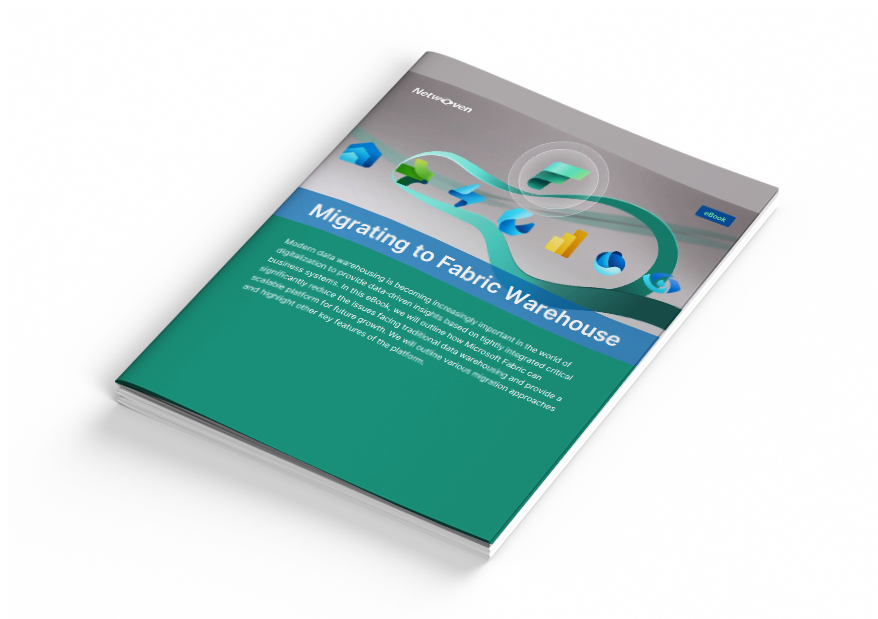
Ebook: Migrating to Fabric Warehouse
In the eBook, discover how to tailor analytics models to your needs using best practices for Serverless SQL, optimizing data queries without managing infrastructure. Gain insights to avoid pitfalls, ensure a smooth transition, and expand the reach of transformative analytics applications.
Get the eBookConclusion
It’s a game-changer! With tools like Microsoft Fabric leading the charge, businesses are poised to break free from the constraints of traditional methods. Experience coherently integrating data, effortlessly scaling up, and having a watchful AI-powered eye on your operation. All without the headache of false alarms and tedious configurations. We are all ears, to listen to your specific data management concerns. Please contact us, for more queries on your business requirements and if you are planning for a swift migration to modern data warehouse.
The future of data management is here, and it’s full of promise.



